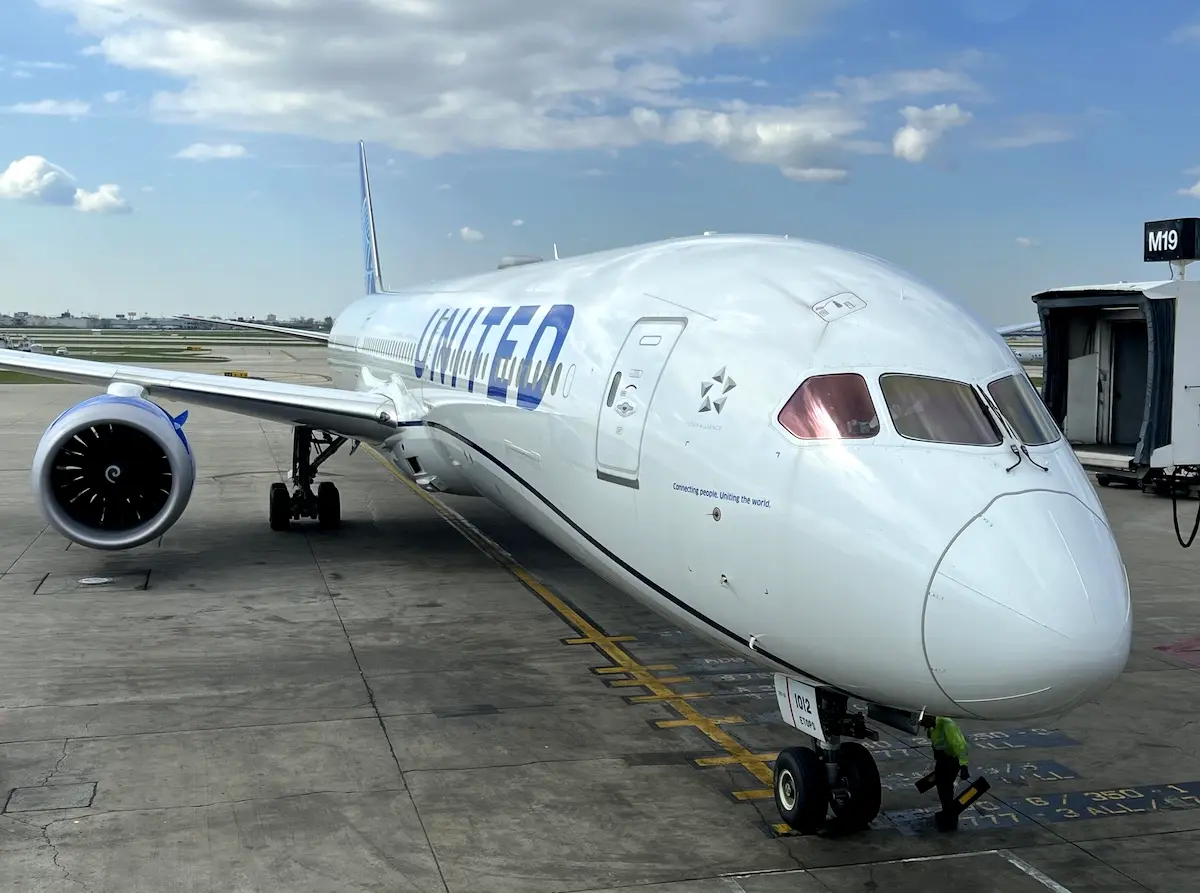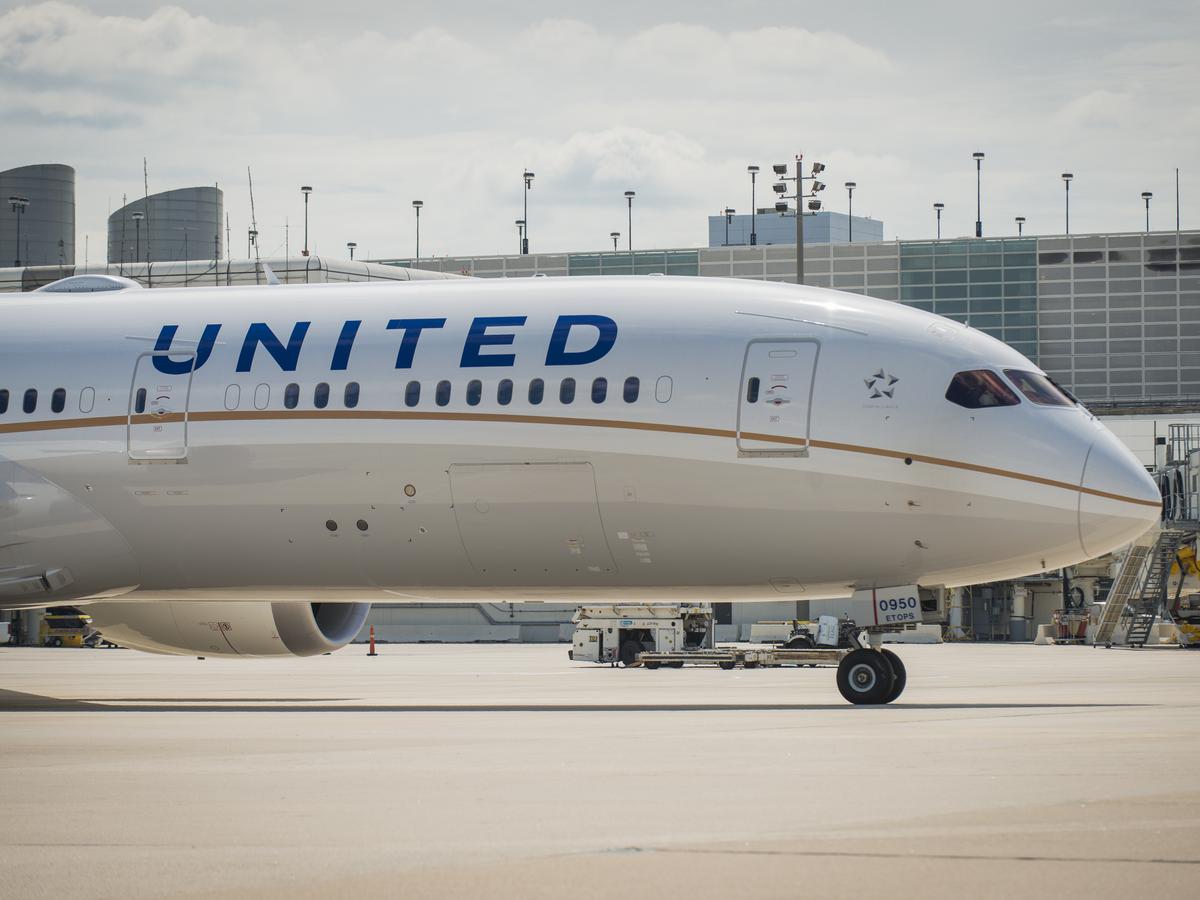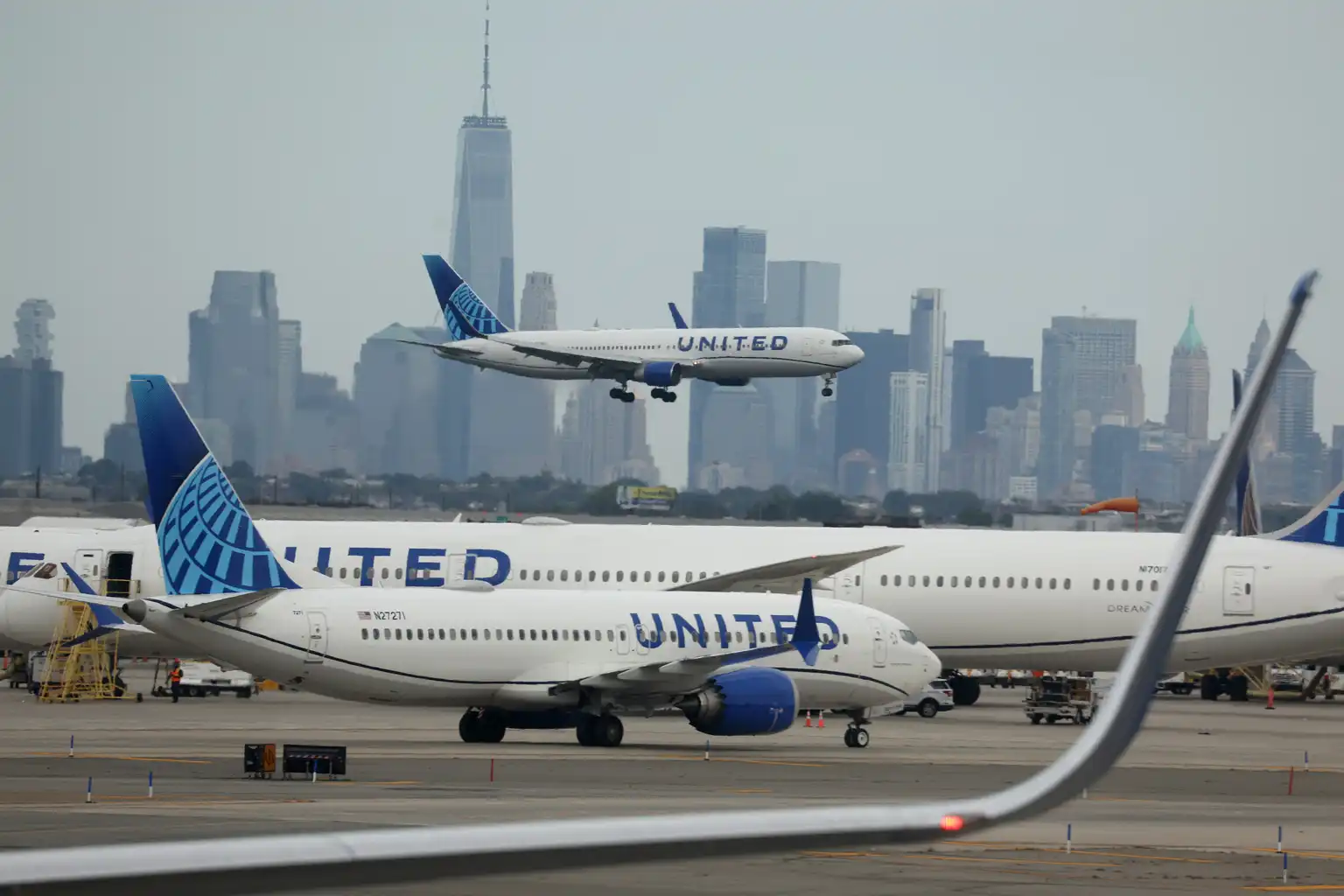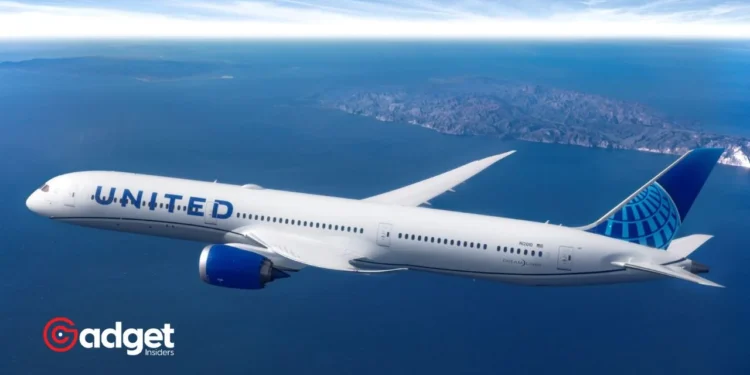In the ever-evolving landscape of the aviation industry, safety remains the paramount concern for airlines and regulatory bodies alike. Recently, United Airlines found itself at the center of increased regulatory scrutiny following a series of alarming safety incidents. These events have prompted the Federal Aviation Administration (FAA) to take a closer look at the airline’s operations, potentially putting a halt to its ambitious expansion plans.
United Airlines: A String of Unsettling Events
The recent safety incidents involving United Airlines have caught the attention of both the public and the aviation authorities. Notably, a tire detachment from a Boeing 777 and a separate incident involving a plane veering off the runway have raised serious concerns about the airline’s maintenance and safety protocols.
These incidents, among others, have led the FAA to enhance its oversight of the airline’s operations.
“We will begin to see more of an FAA presence in our operation as they begin to review some of our work processes, manuals, and facilities,” per The New York Times.

Regulatory Ramifications
The implications of these safety incidents for United Airlines are far-reaching. Reports from Bloomberg indicate that the FAA is considering measures that could significantly impact the airline’s operations.
These include restrictions on adding new flight routes and limitations on using newly delivered planes for commercial service. Furthermore, United Airlines faces constraints on approving or promoting pilots to different plane models.
“Certification activities in the process may be allowed to continue, but future projects may be delayed based on findings from oversight,” the FAA stated.

These measures could pose a significant obstacle to United’s “United Next” plan, an ambitious initiative aiming to expand its capacity with 800 new jets by 2032.
The Impact of Maintenance on Safety
The incidents in question have primarily involved Boeing jets, which constitute the bulk of United’s fleet. While these events have been linked to maintenance issues rather than manufacturing faults, they underscore the critical importance of stringent maintenance protocols in ensuring passenger safety.
United Airlines is facing tighter scrutiny and may have to pause expansion plans after several safety incidents like a tire falling off a plane https://t.co/PB0MyUmgcq
— Insider (@thisisinsider) March 25, 2024
Looking Ahead
As United Airlines works to address these safety concerns and comply with FAA directives, the airline’s commitment to safety and reliability remains under the microscope.
With the FAA’s increased oversight, the aviation community and the traveling public will be watching closely to see how United navigates these challenges and what steps it takes to reinforce its safety protocols.

The aviation industry, known for its resilience and adaptability, has often faced challenges head-on, using them as opportunities for improvement and innovation.
For United Airlines, the path forward involves not only addressing the immediate safety concerns but also reinforcing its commitment to the highest safety standards as it pursues its long-term vision for growth and expansion.
As this situation unfolds, United Airlines’ response and the FAA’s ongoing oversight will undoubtedly play a pivotal role in shaping the future of aviation safety, with implications that extend far beyond the confines of any single airline. The industry’s collective commitment to safety and excellence remains the guiding principle as it navigates the complexities of modern air travel.










